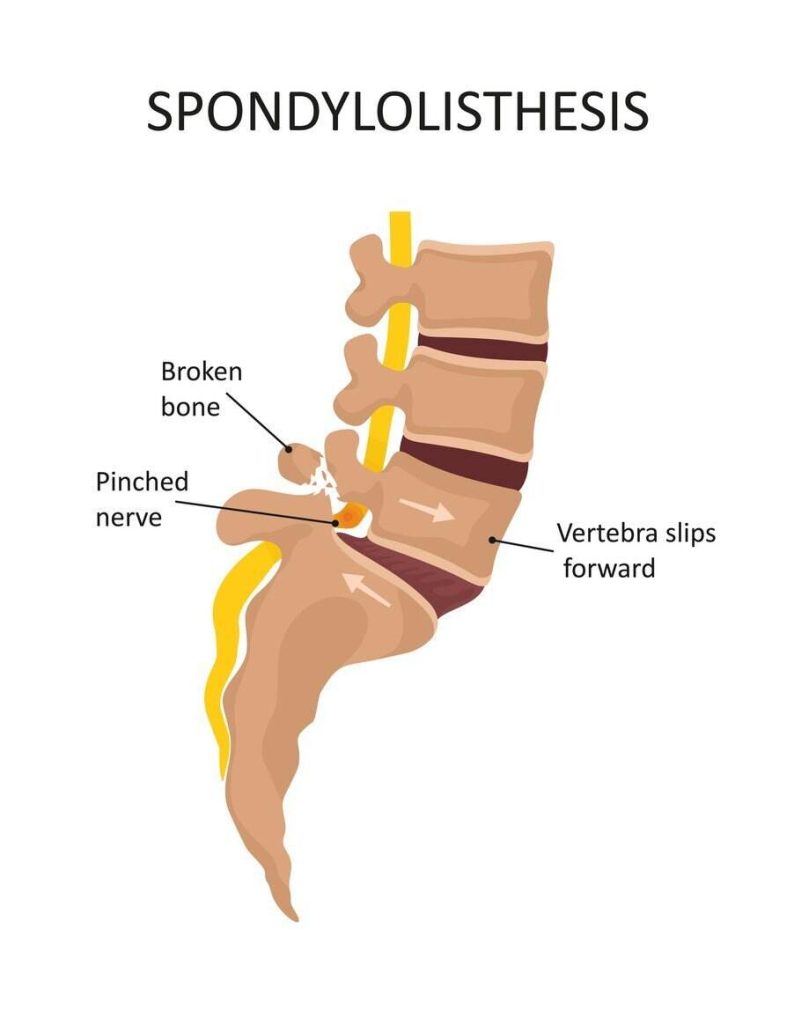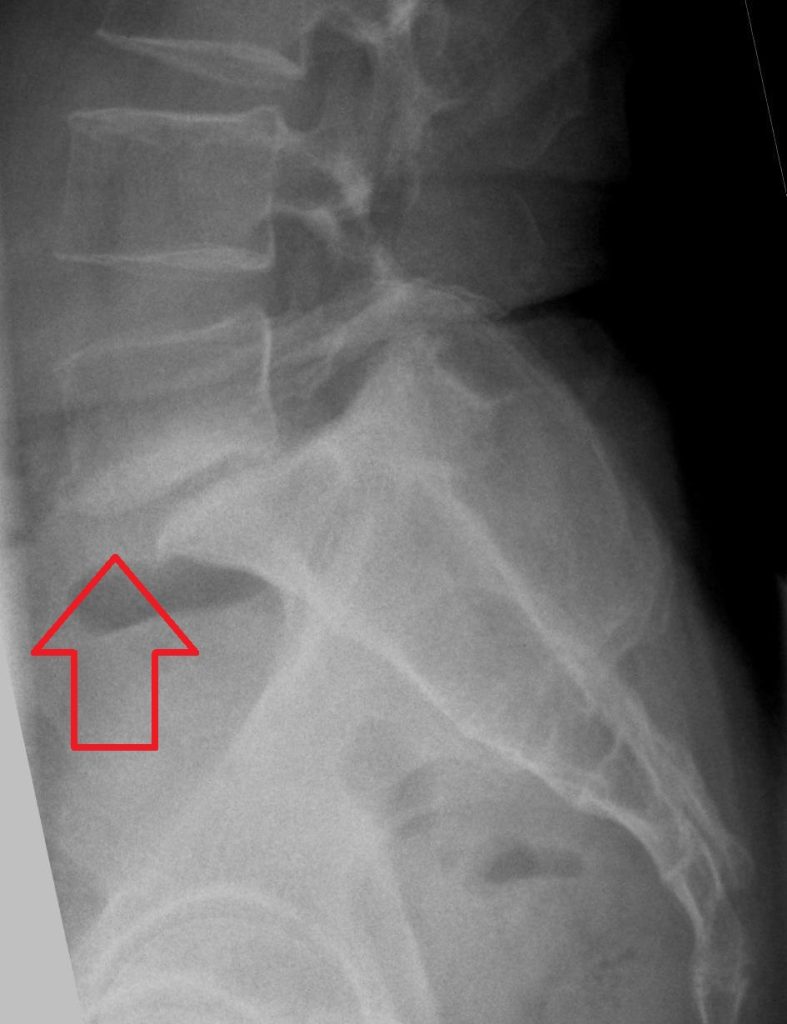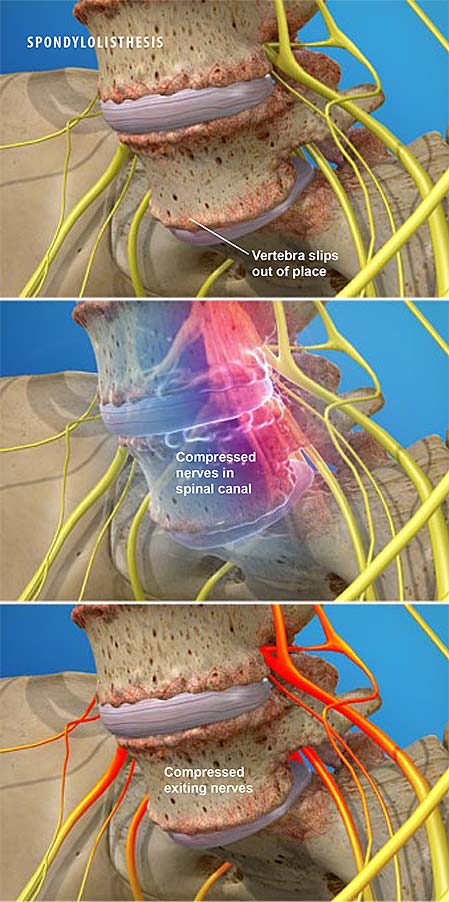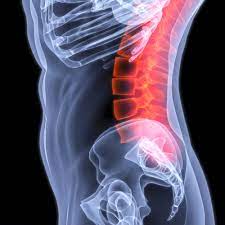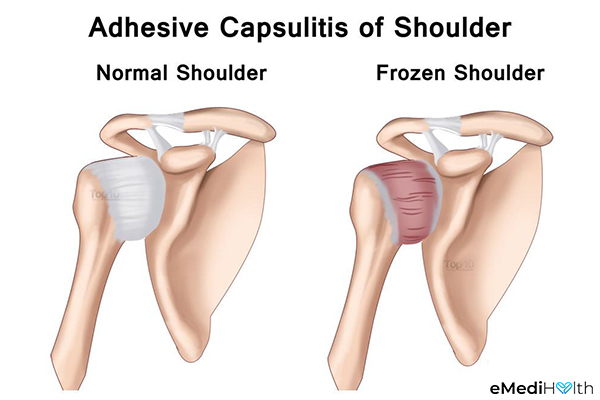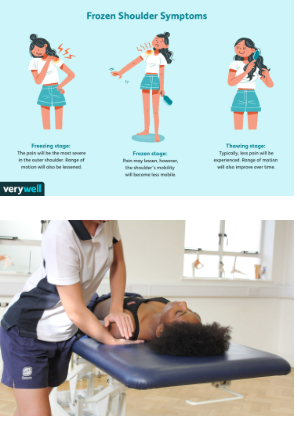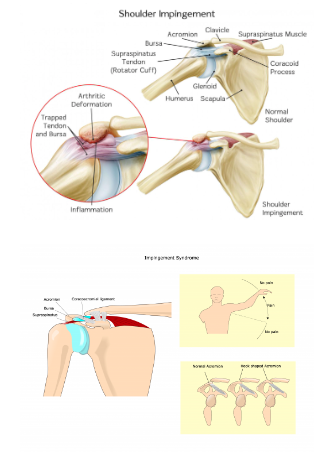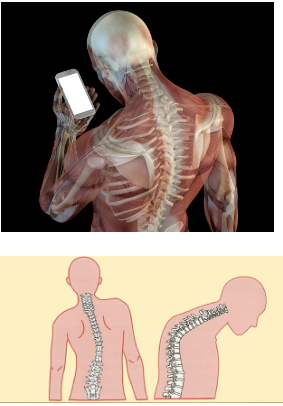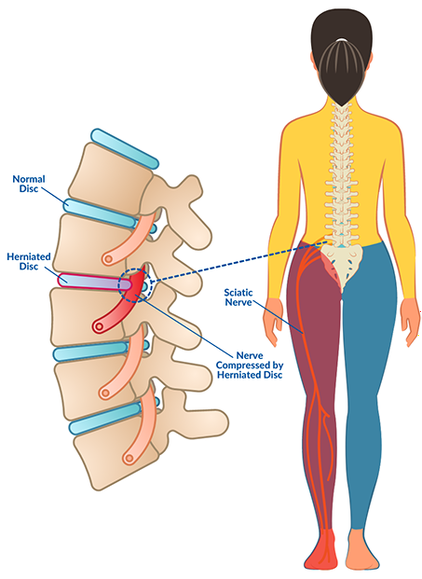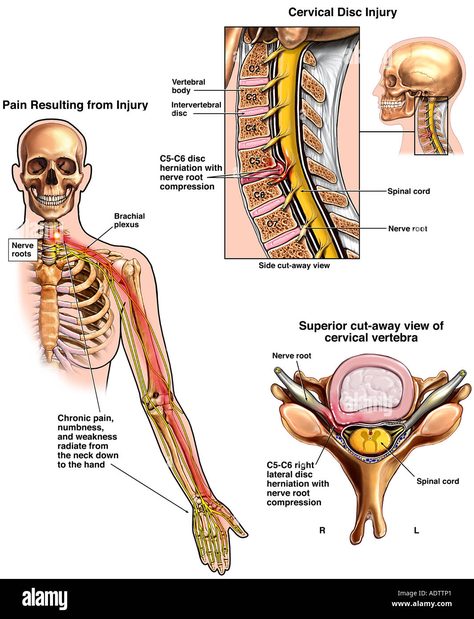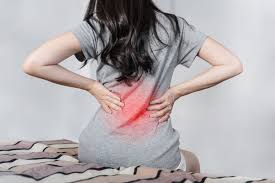🎾 Tennis Elbow vs ⛳ Golfer’s Elbow
Chiropractic Care for Relief
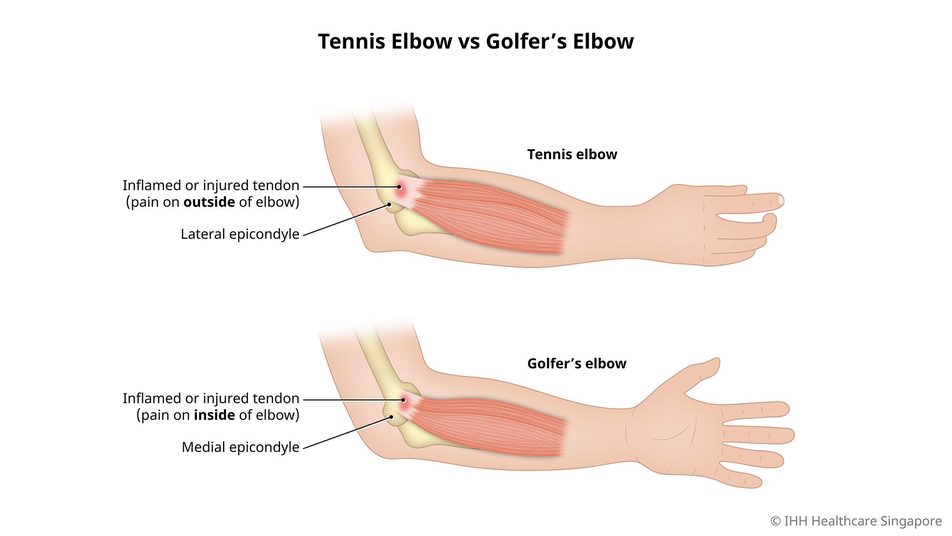
Tennis elbow and golfer’s elbow, despite their sport-specific names, are conditions not exclusively experienced by athletes.
Both are types of tendinitis, an inflammation of tendons, resulting in pain and tenderness around the elbow joint.The main difference lies in the affected area; Tennis elbow (lateral epicondylitis) impacts the outer part, while Golfer’s elbow (medial epicondylitis) affects the inner side.
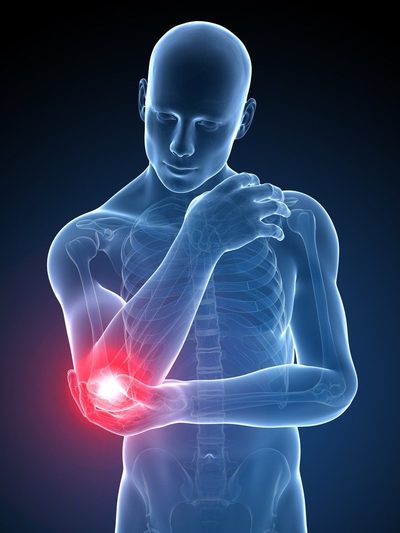
Tennis elbow is typically caused by repetitive wrist and arm motions, leading to pain on the outer elbow. Conversely, golfer’s elbow stems from activities that require flexing, pronating or gripping, causing discomfort inside the elbow and occasionally, radiating down the forearm.
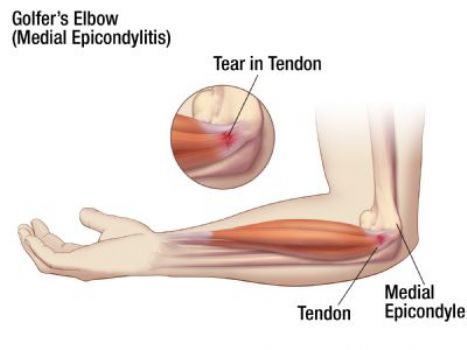
How does Chiropractic help with elbow conditions?
Chiropractic care offers an effective non-surgical treatment for both conditions. Chiropractors conduct a comprehensive examination to diagnose the issue correctly and devise a personalized treatment plan. This can include adjustments to improve joint mobility, muscle stimulation techniques to speed up recovery, and rehabilitative exercises to strengthen the affected area. Moreover, chiropractic care focuses on holistic health, which means addressing lifestyle habits to prevent reoccurrence.

Whether it’s tennis elbow or golfer’s elbow, the goal of chiropractic care is not only to relieve symptoms but to enhance overall elbow function, making it a sustainable solution for those suffering from these conditions.

